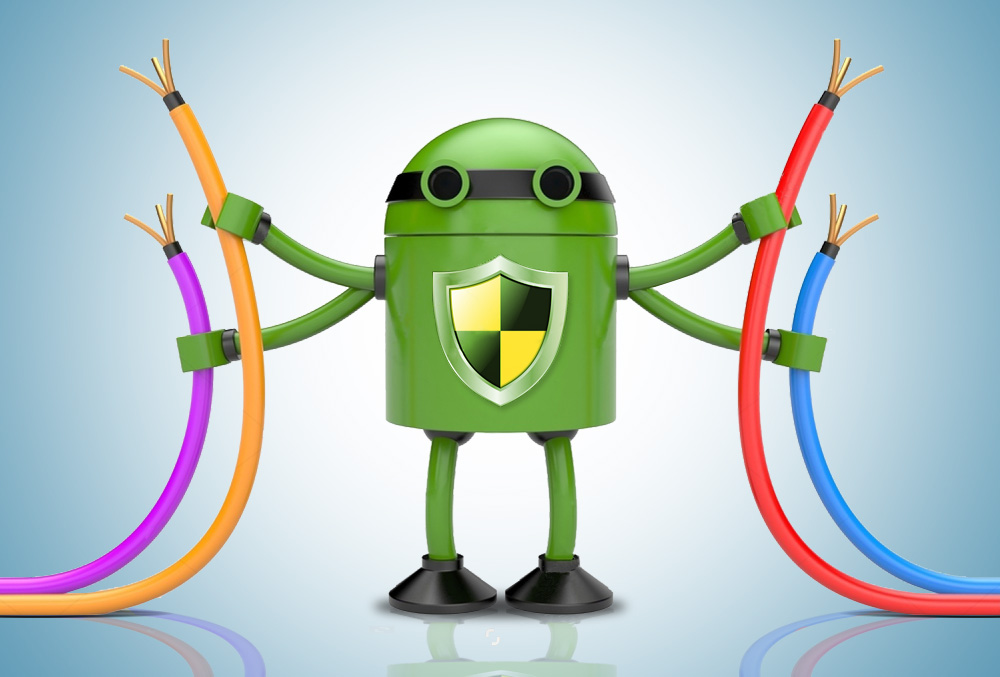Despite being trusted for being safer than standard copper wiring, fiber cabling is still prone to technical hacks using easily purchased commercial hardware and software.
A major fiber hack happened in the year 2000 when Deutsche Telekom’s trunklines were hacked at Frankfurt Airport in Germany. Other known incidents include optical taps found on police networks in Europe, and on the networks of pharmaceutical companies in England and France.
With the popularity of cloud, virtual networks, and ransomware these days, it’s easy to neglect that there’s a physical fiber optic cable network beneath all these digital services that needs to be safe too. It’s the nature of the fibers and cables that transport our data from point A to point B that makes them easy to attack in different ways.
Let’s take for example what happened in San Francisco a few years back. There were 16 known attacks where the fiber optic cables were physically tapped from below the city. Today’s security threats come from different places, and businesses should leverage new ways of encryption technologies to ensure that their system remains protected at all times and in all places.
CISOs and technicians need to care about fiber optic cable security.
Here are some reasons why certified fiber optic technicians need to be knowledgeable about data security:
Two years ago, about 1,700 attacks resulted in breaches, which led to over 700 million records and an estimated cost of $6.5 million. Attacks to networks or businesses may come from hackers and cyber-criminals.
The Cloud Exists Under the Sea
The system found under the sea of is made of almost 300 submarine fiber optic cables that ensure that the cloud is able to route nearly all of the world’s international traffic. A single intervention or damage on the right cables at the right time may lead to a global Internet crisis for some period of time.
If You Don’t Want Expensive Damages, Secure Your System
Updated government regulations and laws have been created to make sure that easy-to-access and sensitive information remains secure. Amounts to be paid for not securing this data in the event of a breach are very expensive, which may affect the company’s bottom line.
Even Traveling Data Needs to Be Protected
Most of the time, we focus on securing our data when it’s at rest on our server or in a data center. However, it’s just as prone to attacks while in transit between diverse data center locations. The use of optical encryption reduces the risk of breaches as your data travels, whether it’s going across the street or around the world.
The Best Strategy Should Be Holistic
A strong and focused data security strategy creates a balance between server security, at-rest data encryption, and in-flight data encryption. With cyber-criminals always on the prowl, you need to employ the best methodologies to keep your data safe – no matter where you put them.
The smart accredited fiber optic technicians of the future will be the ones who care about the concerns I’ve mentioned in the article and who are truly dedicated when it comes to securing data and their networks.



